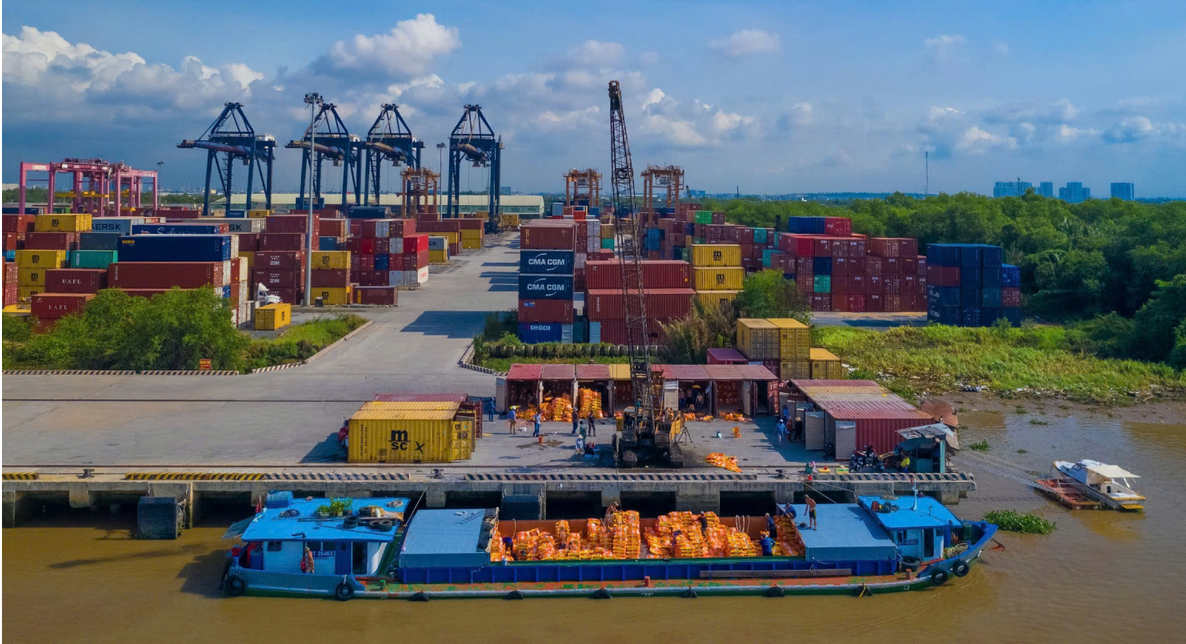
23/07/2021
Three reasons to embrace closed loop spend management
We’re in the decade to deliver on the United Nations Sustainable Development Goals. Among them, climate (SDG 13) and reduced inequalities (SDG 10) are some of the most pressing, with my clients increasingly setting targets and tracking progress against them in their operations.
But companies must now look beyond their internal operations, to the supply chain. For many organisations, this is where the bulk of their greenhouse gas (GHG) emissions lie—sometimes 80% or more of the total (for example, in the automotive industry). And in some sectors, it’s also where their biggest risks are likely to be found around human rights and labour rights.
Leaders are waking up to the procurement organisation, and the elements of the supply chain it manages, as the big priority for responsible business. And with many companies spending millions or even billions on purchased goods and services, the opportunity is big. Meanwhile, Accenture Research shows companies that optimise how and where they spend their money can unlock four times more value than their competitors.
So far so compelling. But how do you make it happen? How do you understand and pull the right levers in the supply chain? Enter Closed Loop Spend Management (CLSM). It’s a practical approach to baselining and rebuilding procurement-related costs from the bottom up (rather than cutting incrementally from the top down). And crucially, it can embed sustainable practices into everything a company does on the supply chain.
So how does it work? Here are three ways CLSM can help you think about procurement, before reading our report for more detail.
How can you control what you can’t see? At the core of CLSM is the idea of enhanced visibility across the supply chain. How? By using responsible sourcing analytics tools to see your company’s current sustainability performance versus that of peers. From that baseline, you can run scenarios to understand how cost-saving initiatives you’re considering can influence sustainability outcomes. Or start from a sustainability intervention you want (e.g., a level of GHG emissions reduction) that may also help save money.
CLSM embeds the idea that value is beyond just cost. Value may also include GHG emissions impacts, or risks in the supply chain, or the value of generating a diverse supplier base. And while price is a key lever in driving value, applying a sustainability lens alongside price can mean getting a great deal while also securing other outcomes. Real world example: one consumer goods company has realised $0.4 billion in electricity savings along with a 12% carbon dioxide equivalent (CO2e) footprint reduction by using sustainability-enhanced CLSM approaches. So those outcomes are by no means mutually exclusive!
And closer to home, Accenture is looking at procurement in similar ways. We’re on the path to powering our office facilities 100% renewably by 2023. But that does not need to mean higher cost. Since 2007, we have saved more than 1 million metric tons of CO2 and more than US$258 million in energy spend.
Analytics tools can give you great ways to make your supply chain transparent, as I’ve already said. But data and technology can help in broader ways, either to make processes more rigorous, or provide real-time updates that may affect your supplier choices.
For example: you can use AI-based supplier selection tools which embed GHG emissions performance a key criterion.
Once you’ve chosen your suppliers, you can shortcut and professionalise onboarding with portal solutions that require them to share Environmental, Social, and Governance (ESG) data. Those data points can then be used in supplier management dashboards in regular supplier management reviews, to incentivise suppliers to set ambitious goals for their sustainability performance.
And given the fast-moving nature of the ESG landscape, tools and technologies can generate real-time insights on suppliers to be fed into those supplier dashboards, for instance. Those could include things like the supplier’s latest CDP climate score, or updates from ESG ratings and rankings agencies.
It all adds up to better purchasing decisions, made with greater visibility, and a far deeper understanding of the levers and the outcomes they generate. It’s time to get on board with Closed Loop Spend Management.
Accenture

30/12/2025